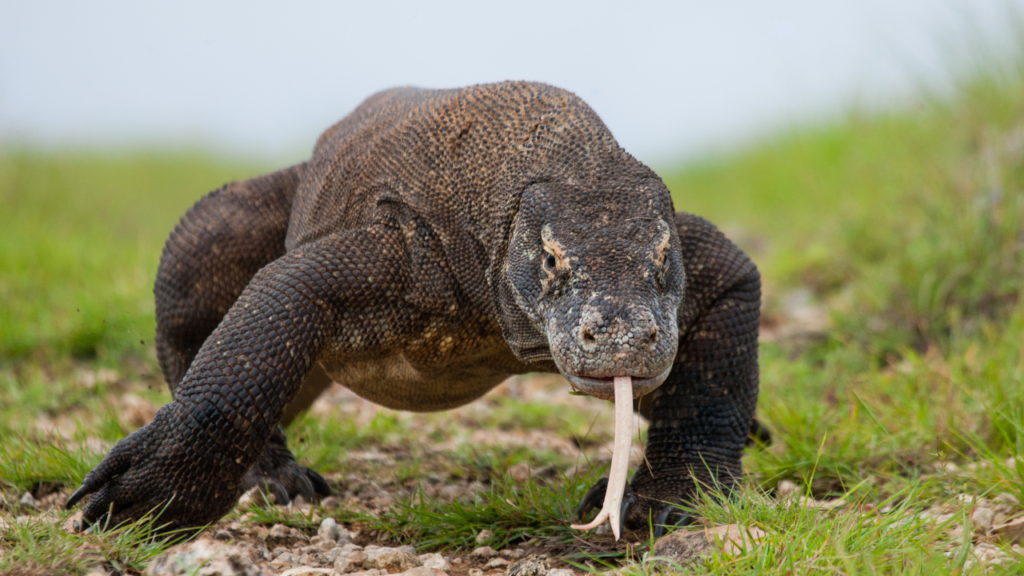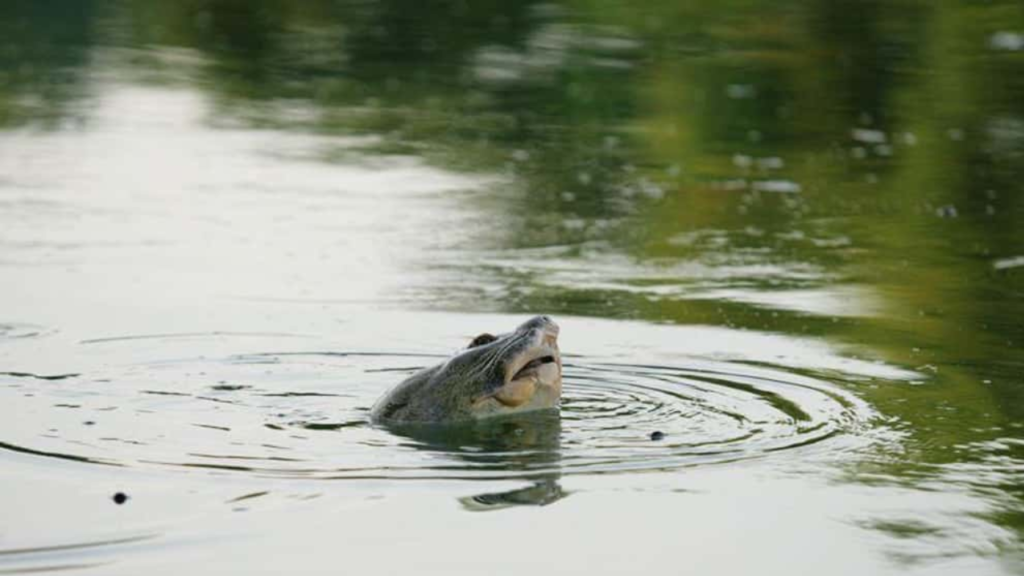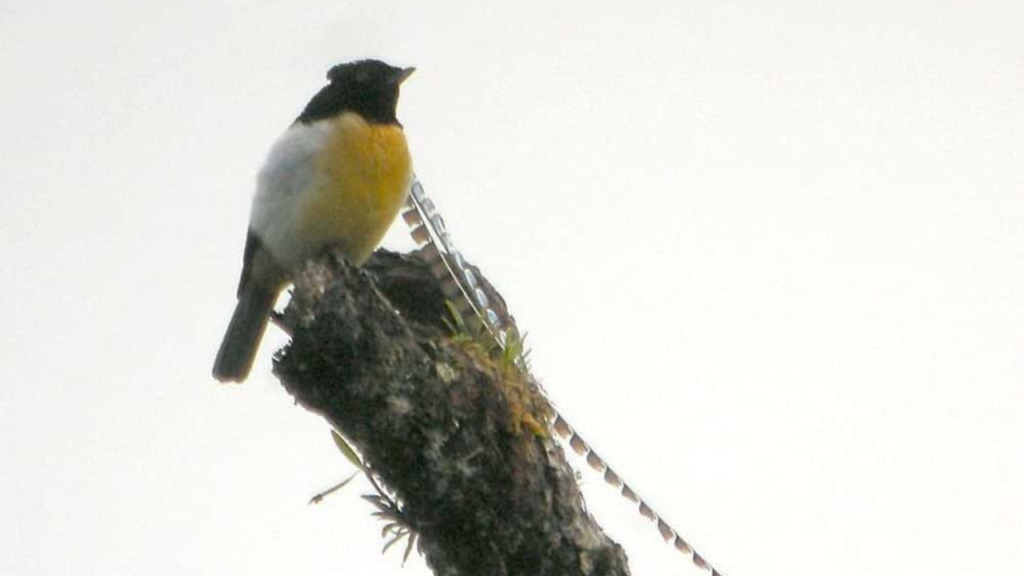
Scientists aren’t perfect; sometimes, like all humans, they can get things wrong. Over the years, there have been plenty of creatures so bizarre that people refused to believe they were real. Here are ten animals that are so crazy-looking that science didn’t recognize them at the time of their discovery.
1. Gorillas

Gorillas were first discovered in the mid 19th century, but before that, they existed as a myth. Stories spread of a man-ape hybrid known for its brutality. Scientists dismissed these theories until they discovered a gorilla’s skull in 1846.
2. Platypuses

The platypus is said to be the weirdest mammal in existence. They have the bill of a duck, the tail of a beaver, venomous spines on their webbed feet, and they lay eggs! They were first discovered in the late 18th century, and scientists thought they were some kind of hoax. In 1860, George Bennett saw the first living platypuses in the wild, confirming that they were real.
3. Komodo Dragons

In 1910, Lieutenant Jacques Karel Henri van Steyn van Hensbroek was instantly curious when he heard the rumors about an island full of dragons, which could grow up to 20 feet in length. He decided to travel to the island of Komodo to verify the rumors, where he discovered the Komodo dragon!
4. The Hoan Kiem Turtle

Scientists refer to this giant freshwater turtle as the Yangtze giant softshell turtle. But many years ago, it was treated as a god in Vietnam. It was discovered by scientists in 1873 but has faced extinction thanks to habitat loss.
5. Okapis

Did you know that okapis are the only living relatives of giraffes? Many years ago, they were believed to be as mythical as unicorns! In 1909, a baby okapi was discovered and captured. But while scientists attempted to bring it back to the US, it unfortunately passed away.
6. Giant Squids

We’ve all heard the story of the Kraken: a mythical sea monster that would attack and destroy ships. This story goes as far back as 1180 CE. Seven hundred years later, the first giant squid was discovered on a beach in Denmark.
7. The Plesiosaurus

Mary Anning was a 19th-century British fossil hunter who found the first remains of a Plesiosaurus. But Georges Cuvier, a famed French anatomist, refused to believe the plesiosaurus was a real animal. He said it wouldn’t be possible for an animal with 35 vertebrates in the neck alone to be able to breathe. But years later, it was revealed that the Plesiosaurus was real, and Cuvier would go on to praise Anning.
8. Midwife Toads

The first scientist to observe the midwife toad was castigated by the scientific community, which resulted in him taking his own life. Years later, Austrian biologist Paul Kammerer discovered that these toads could be manipulated to reproduce in water by raising the temperature of the environment.
9. Pelicans

Many, many years ago, pelicans were said to be creatures of Christian mythology. In 1735, Swedish biologist Carl Linnaeus created the Systema Naturae, a text designed to classify animals. He included a chapter dedicated to animals of myth, one of which was the pelican!
10. The King Of Saxony Bird-Of-Paradise

This bird is known for its unusually long feathers, which it uses to attract mates. It was first discovered in New Guinea in 1894, and Richard Bowdler Sharpe was sure it was a hoax. He couldn’t believe that males could have such long feathers!
Source: 10 Incredible Animals That Scientists Initially Didn’t Believe Were Real







